GOP, Democrats clash over election data in final day of New Mexico gerrymandering trial
Political scientist Sean Trende accused New Mexico Democrats of “extreme” partisan gerrymandering in the way lawmakers recently rearranged the state's congressional districts, a move the GOP said illegally gave its opposing party more power.
The allegations came Thursday, the second and final day of a bench trial on the GOP’s lawsuit against state leaders disputing the process that developed the new map.
The districts were redrawn in response to the 2020 Census, adjusting borders as a means, Democrats said, to account for changes in population.
More: GOP says Democrats diluted oilfield votes in first day of New Mexico gerrymandering trial
That argument was disputed by the GOP throughout the trial before visiting Ninth District Judge Fred Van Soelen in Lea County District Court, as plaintiffs argued the new maps was designed to weaken Republican influence.
The trial was scheduled to go through Friday, but closing arguments were made Thursday afternoon and Van Soelen could render a verdict to resolve the debate by Oct. 6.
Redistricting was credited by Republicans for costing GOP incumbent Yvette Herrell her seat in congress representing New Mexico’s southern Second Congressional District by a margin of about 1,300 votes to Democrat Gabe Vasquez in 2022.
More: New Mexico gerrymandering trial starts this week. Here's what to know about the case.
If they get a favorable verdict, plaintiffs asked the court to find a resolution, potentially meaning the congressional map would be redrawn, ahead of the 2024 election when Herrell intends to run again for the seat.
Here’s what happened during the second day of the New Mexico gerrymandering trial.
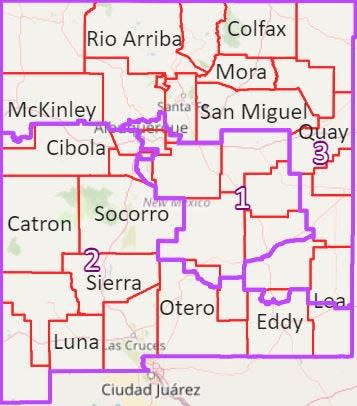
Lawmakers will not testify as to New Mexico redistricting process
Subpoenas were filed by Republicans seeking testimony in court from Democrat lawmakers including Senate leaders Peter Wirth and Mimi Stewart, Sen. Joseph Cervantes who chairs the Senate Judiciary Committee and former-Speaker of the House Brian Egolf.
Attorneys for the GOP said none of the legislators came to court to answer the subpoenas and provide testimony.
More: 'Gerrymandering' lawsuit against New Mexico Democrats delayed ahead of trial
Van Soelen ruled the lawmakers were protected from testifying as to the legislative process that resulted in the new map, although he did allow text messages and emails between the lawmakers and staff, and lawmakers and consultants to be admitted into evidence.
Correspondence between lawmakers was not allowed to be admitted as evidence. This was in response to a ruling made Wednesday by the State Supreme Court finding “legislative immunity” did not apply in some cases.
The defense was called upon to produce the communications from Nov. 1, 2021, when the Citizens Redistricting Committee completed its work in recommending a map to lawmakers, to Dec. 18, 2021, the day after the new maps were signed into law.
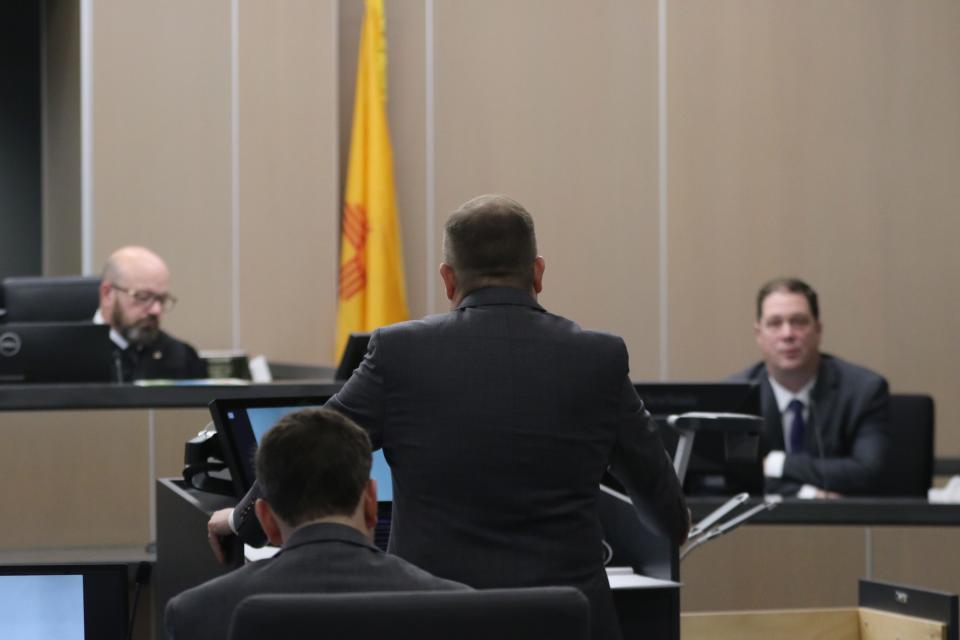
More: New Mexico GOP's 'gerrymandering' case will proceed after Democrat arguments rejected
Defense’s political analyst defends New Mexico’s new congressional maps
Jowei Chen, an associate professor of political science at the University of Michigan, was called by the defense to discuss an analysis he made of the new districts, using 1,000 “partisan blind” simulations, he said were based on a series of conditions and intended to provide an even population in each district.
He said he found that none of the three districts created by Senate Bill 1 were extreme in their political characteristics, by comparing them to the simulated maps.
He said the SB 1 plan could have emerged from a non-partisan map-drawing process, and that it merely combined rural and urban areas.
More: Gabe Vasquez wins race for New Mexico's 2nd congressional district
“None of the three districts are partisan outliers,” Chen said.
Dividing up New Mexico's conservative oil region
Chen said the maps also endeavored to prevent any one of the three districts from having more than 60 percent of New Mexico’s oil wells, a condition given to him by the defense likely to replicate the SB 1 map approved by lawmakers.
This had the effect, Chen said, of shifting the southeast and normally politically aligned Eddy and Lea counties into different districts in most of his simulations.
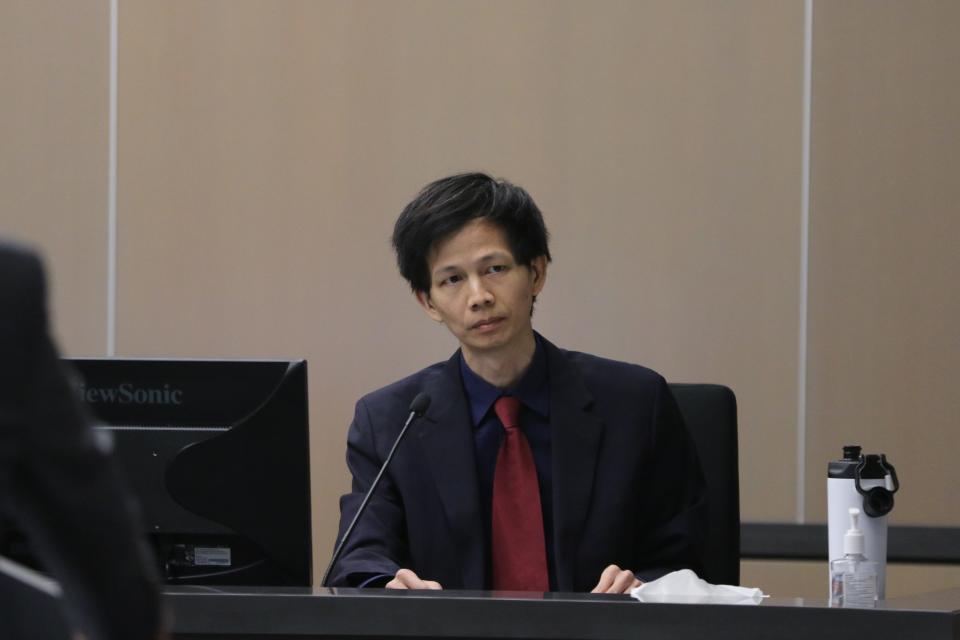
More: Republican Party cruises to victory in southeast New Mexico State House races
That was a point of contention for the plaintiffs who argued it diluted the influence of the oil and gas industry and the Permian Basin region where it is centered.
Chen did admit during the plaintiff's questioning that he'd never been asked before in his career to split up the oil and gas sector or any other industry. He also said he never worked on a state's maps where fossil fuels were a major part of the economy.
He said he "had no opinion" on the importance of oil and gas in New Mexico, characterizing himself as an expert in redistricting "not in New Mexico."
"I was informed by defense council that splitting up the oil wells was a policy consideration," Chen said.
He also gave no opinion on if distributing oil wells among multiple districts would have the effect of "cracking southeast New Mexico," when asked at the stand, but noted it could "split" portions of the region.
Chen testified that none of his simulations split Lea County, which was divided in half by the SB 1 map approved by lawmakers. He gave no opinion on why this occurred.
"If the majority of New Mexico oil wells were in the Permian Basin, then lines would need to be drawn," he said.
New Mexico congressional maps ‘punished’ Republicans, witness says
Among the more than 2 million simulations he ran of potential maps, Trende said none turned up the same map passed by lawmakers in SB 1.
That’s because his simulations were “politically neutral,” Trende said, while Democrats endeavored to divide the southeast corner of the state, he said, a known Republican stronghold.
More: Redistricting complete in New Mexico after Gov. Lujan Grisham approves senate map changes
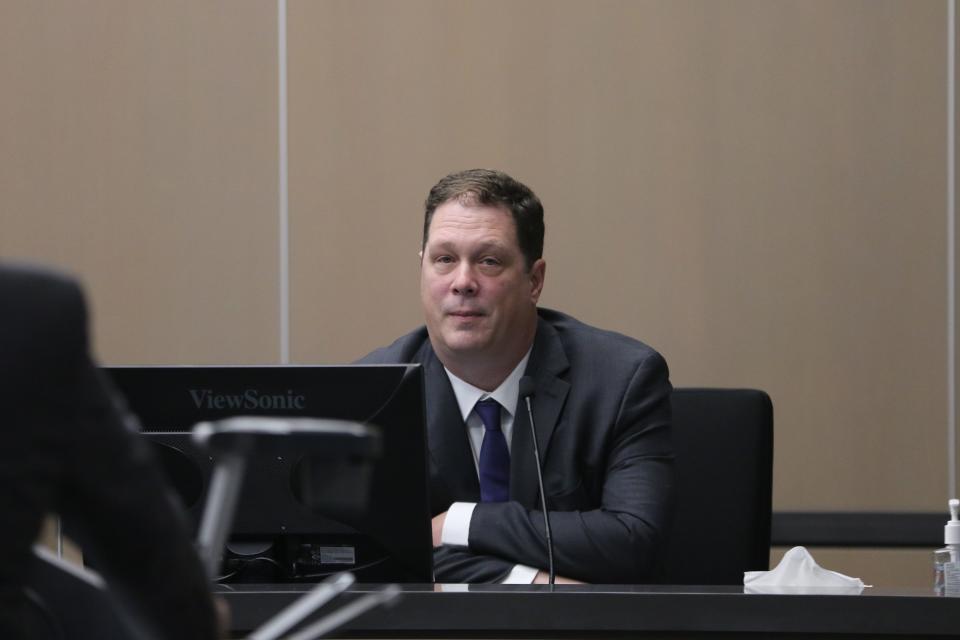
He said the new districts moved Republican voters out of the Second District, and moved Democrat votes in, balancing with the other two districts to purposefully create majorities in all three.
Based on the 2020 Presidential Election, Trende said the new map added 17,000 votes for Democrat President Joe Biden to the Second District and moved out 28,000 votes for incumbent Republican Donald Trump.
“The movement of these lines was done to punish Republicans and give Democrats and advantage in a district that was becoming a registration advantage for Republicans,” Trende said.
More: SENM Senators say rural New Mexico shutout in redistricting
He agreed with the plaintiffs’ attorney when asked if the new maps meant the Democratic Party was “entrenched” in New Mexico.
Defense attacks GOP’s political analyst
Trende, who works for political thinktank RealClearPolitics, continued his testimony from the first day of the trial, and was cross-examined by the defense.
Attorney for the defendants Lucas Williams began his questioning of Trende by casting doubt on his methods of comparing the map approved via SB 1 to his simulations.
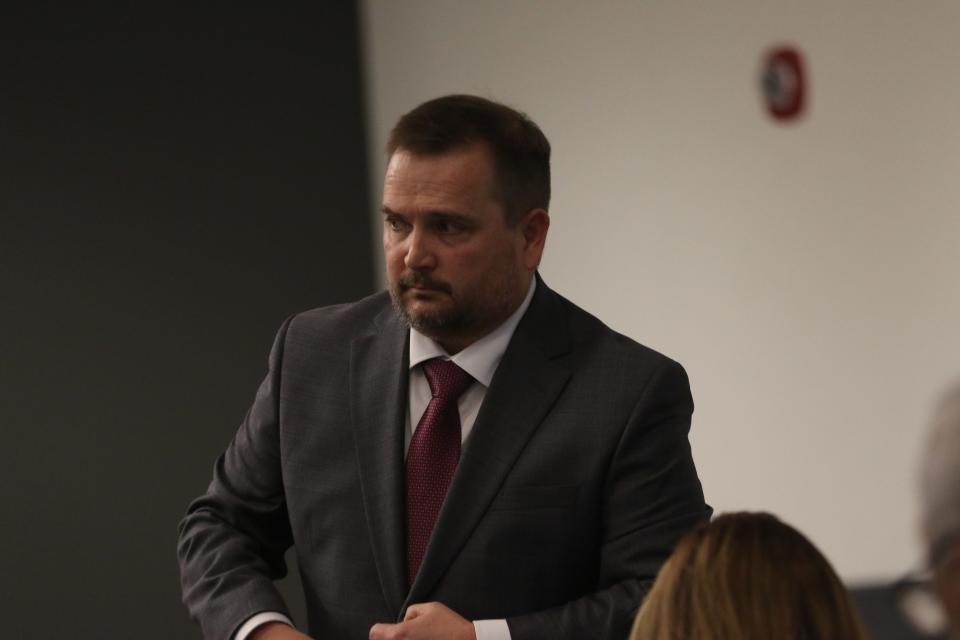
More: Lawmakers afraid southeast New Mexico will lose out in redistricting special session
Williams continued his previous objection that Trende did not save the actual results of the simulations, opting to instead save the computer code that generated the maps.
This meant, Williams said, the data that informed Trende’s conclusion of gerrymandering could not be properly analyzed.
Van Soelen ruled Wednesday that not saving the actual maps appeared to be a standard practice and allowed Trende’s testimony and report to be admitted.
“There’s no way to run a diagnosis on those maps,” Williams said.
More: Officials express optimism, concern over impending State Legislature redistricting vote
Trende admitted that the maps that were produced originally could not be replicated, although the coding he used would create simulations very similar.
“You can’t test the exact maps that were produced the first time around,” he said. “You would get a different run of the maps. They wouldn’t be identical. I’m not sure how different they would be.”
But without the exact data used in the report Trende supplied to the court, Williams said that evidence was not admissible because the defense could not test the data.
“I don’t have the data,” Williams said. “I don’t have them, and we will never have them. The rules of evidence are very clear.”
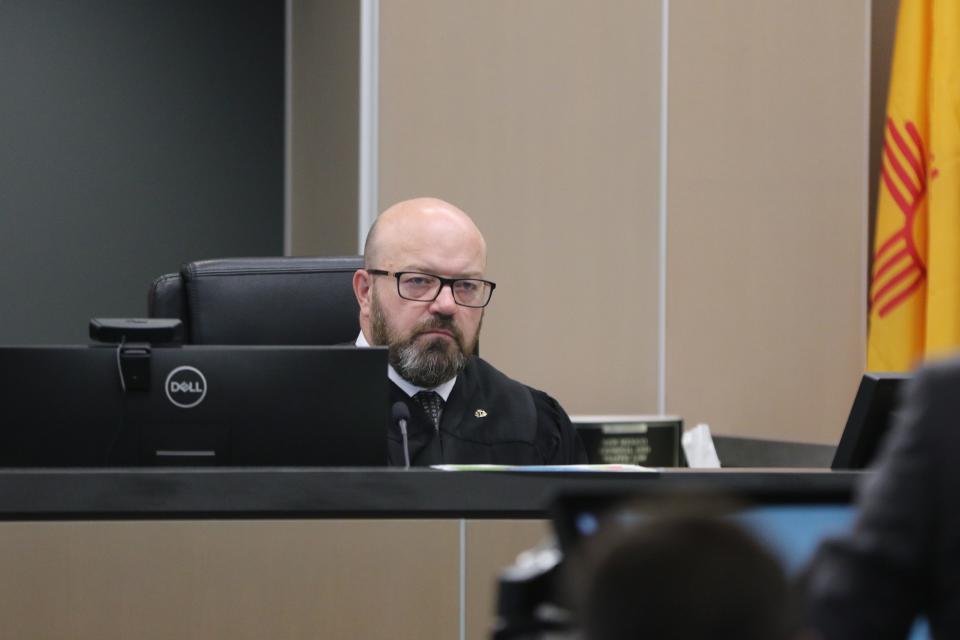
Political consultant testifies new map makes districts 'more competitive'
Brian Sanderoff, president of Research and Polling Inc., a consultant that worked with the legislature during the redistricting process, testified for the defense that in redrawing the districts, partisan margins in the First and Third Congressional Districts became slimmer.
For the previously, "Republican leaning" Second District, Sanderoff said the redraw gave Democrats a small edge of about 6 percent, which he said was within the margin of what he considered competitive.
He pointed to the 2022 election, calling the Second District election a "toss up" and that either party could win the seat in 2024, meaning the redistricting process did not predetermine that election nor any in the future.
"A toss up is the opposite of predetermined," Sanderoff said. "That doesn't look like entrenchment. I believe it is a really competitive district."
Adrian Hedden can be reached at 575-628-5516, achedden@currentargus.com or @AdrianHedden on X, formerly known as Twitter.
This article originally appeared on Carlsbad Current-Argus: New Mexico gerrymandering trial excludes lawmakers from testimony

